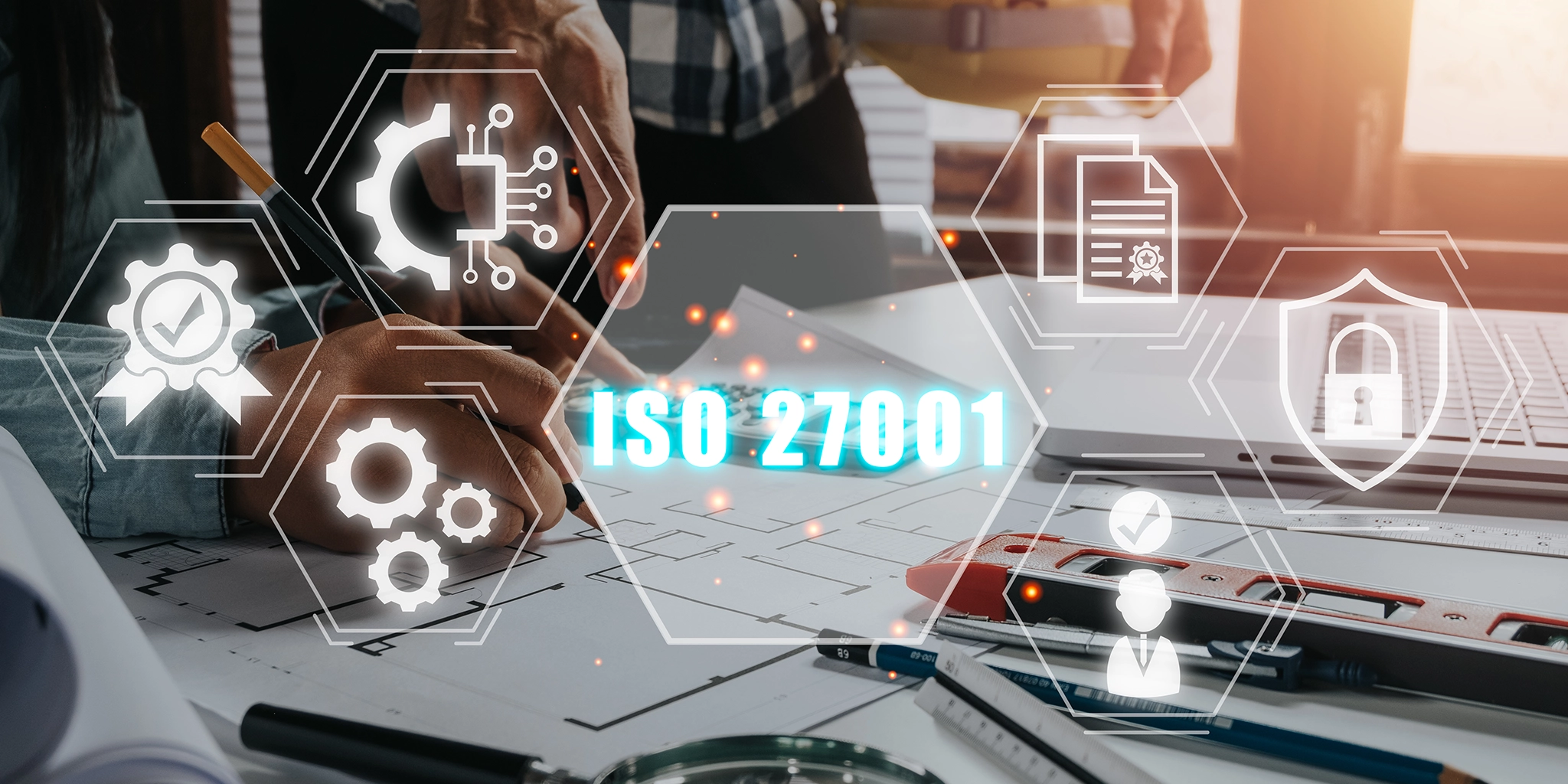If you’re looking to start ISO 27001 implementation, here’s a practical guide to get you there step-by-step. In today’s digital landscape, protecting information is more crucial than ever. ISO 27001 is an internationally recognised standard for information security management. By implementing it, organisations can ensure their data remains secure, reducing the risk of cyber threats and data breaches.
Step 1: Understanding ISO 27001
ISO 27001 provides a framework for managing information security risks and protecting valuable data assets. It requires organisations to implement an Information Security Management System (ISMS). The process includes identifying potential risks, establishing control measures, and maintaining continuous security improvement. While ISO 27001 implementation might seem daunting, breaking it down into steps can make the process easier.
Step 2: Gain Management Support
Securing executive buy-in is essential. ISO 27001 implementation needs resources, including time, personnel, and budget. Outline the benefits of ISO 27001, such as improved data security, customer trust, and regulatory compliance, to secure management support. Highlight how ISO certification enhances the organisation’s reputation and helps win new business.
Step 3: Define the Scope of Implementation
Establishing a clear scope for your ISMS helps prevent unnecessary work and focus resources on areas that impact the organisation’s information security. Define the departments, systems, and locations where ISO 27001 will apply. This step helps in keeping the process manageable and aligned with organisational objectives.
Step 4: Perform a Risk Assessment
Risk assessment is at the core of ISO 27001. Start by identifying and evaluating potential risks to your information assets. Consider internal and external threats, such as employee negligence, unauthorised access, or cyber attacks. Once you’ve assessed risks, prioritise them based on their potential impact and likelihood, guiding your security strategy.
Step 5: Develop a Risk Treatment Plan
Once risks are identified, establish a plan to treat each one. This includes determining which risks to mitigate, accept, avoid, or transfer. ISO 27001 provides controls for managing these risks, but customising them to your organisation’s needs is crucial. This plan will form the foundation of your ISMS, ensuring all threats are appropriately managed.
Step 6: Implement Necessary Controls
ISO 27001 includes 114 controls in Annex A, covering everything from access control to cryptographic solutions. Implement these based on your risk treatment plan. Some controls may require new technology, while others may involve policy adjustments or staff training. Be proactive in monitoring and adapting controls to meet your organisation’s unique security requirements.
Step 7: Establish Documentation and Policies
ISO 27001 demands thorough documentation of your ISMS. This includes policies, procedures, and records that show compliance with the standard. Ensure clear documentation of security policies, roles, responsibilities, and procedures. Effective documentation streamlines audits and supports continuity, especially during personnel changes.
Step 8: Train and Raise Awareness
Your team’s awareness of ISO 27001 is essential for its success. Conduct training sessions to inform employees about information security policies and their responsibilities. When your staff understands and follows security protocols, they actively reduce the risk of breaches and help maintain compliance.
Step 9: Conduct Internal Audits
Conducting regular internal audits is essential for ISO 27001 certification. It helps identify gaps and ensure compliance with the standard. Internal audits offer a chance to review your ISMS’s performance and make necessary adjustments. Regular audits show a commitment to continuous improvement and prepare your organisation for external assessments.
Step 10: Seek Certification
Once your organisation has implemented and tested its ISMS, it’s time to seek certification. Choose an accredited certification body to conduct the final audit. This audit verifies your compliance with ISO 27001, granting you certification upon successful completion. Certification proves your organisation’s commitment to security, building trust with stakeholders.
Conclusion: Ensuring Long-term Compliance
Achieving ISO 27001 certification is a significant accomplishment, but the journey doesn’t end there. ISO 27001 requires continual improvement, which means regularly reviewing and updating your ISMS. By following these steps, organisations can effectively implement ISO 27001, protect their information assets, and build a secure foundation for growth.
Implementing ISO 27001 might seem challenging at first, but a methodical, step-by-step approach makes it achievable. Following this guide will help your organisation strengthen its information security and foster trust with clients and partners.
Vertex Cyber Security has a team of cyber security professionals who can help with all your ISO 27001 needs. Contact us today!
For further reading on ISO 27001 click here.



